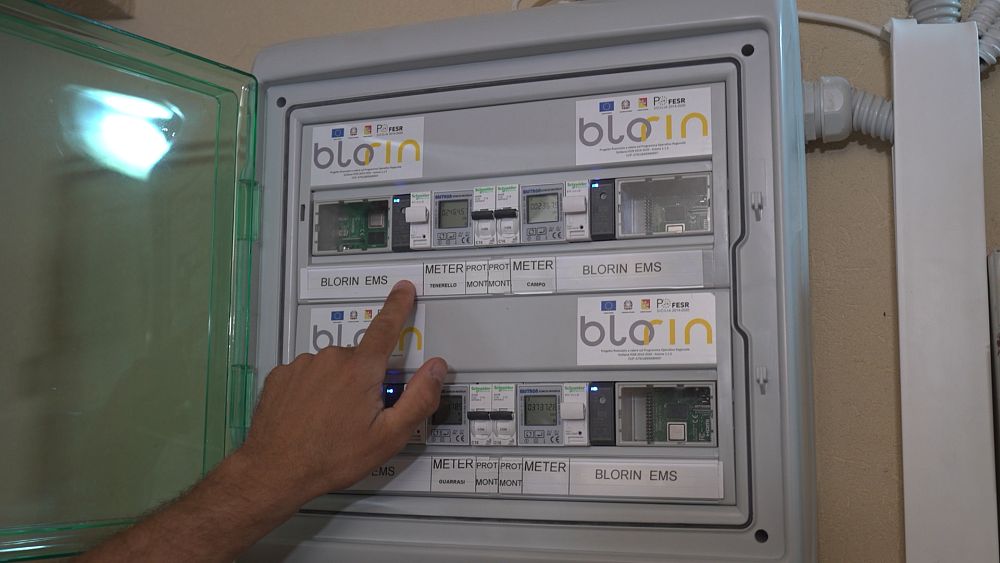
In this latest episode of Smart Regions, we find out how the islands of Favignana and Lampedusa are exploring the BloRin model of producing, sharing, and selling solar energy.
Vincenzo Tenerello lives in Favignana. His company, SEA, is involved in an innovative project that he is trialling at home.
He is not only a consumer but also a producer of energy, thanks to BloRin: a secure system for transferring data between users without intermediaries, a blockchain-like system used for crypto-currencies.
“I’m part of the blockchain,” Vincenzo told Smart Regions. “The energy that I can produce using photovoltaic panels and that I don’t consume, I can sell on the grid and I can give to my neighbour or to someone who belongs to the same blockchain. The more of us there are, the more we save.”
These small Italian islands, like Favignana, are micro-laboratories for the BloRin model of producing, sharing and selling solar energy.
Fifteen private individuals are testing this model, which was designed in 2017. It was in Palermo that a team of researchers began developing this project.
Eleonora Riva, a Professor at the University of Palermo and Project Manager at BloRin showed Smart Regions the prototype from which they developed their electricity meter.
Like blockchain, the model guarantees instant transparency in the process of consumption, management and coordination with energy distributors.
“This is an EMS (Energy Management System) BloRin. It is a system to manage energy. It either measures the power that flows into the house or the electrical power that flows out of the house. And this measurement is then transmitted to the blockchain platform for registration and certification,” Eleonora Riva explained.
How is the project funded?
The total budget for BloRin is almost €2 million of which 86.69% has been provided by the EU’s Cohesion Policy.
The remaining 13.31% is provided by the four energy companies associated with the project, which include SEA and Selis (Distribution System Operators) in Favignana and Lampedusa respectively, as well as the energy services and innovation company Exalto, and energy technology company, Regalgrid.
ICT is one of the key elements of BloRin. Thanks to an app, users know in real-time how much energy is being produced and how much the network needs. But sometimes it’s the grid that needs their help.
“In some cases, the energy should not flow from the network to the car, but the other way,” revealed Pierluigi Gallo, an Associate Professor in Computer Science at Palermo University who is in charge of ICT at BloRin.
“And in such cases, it’s very short in time, and it is something extremely new. So, we need bidirectional charging stations.”
Also known as ‘the butterfly on the sea’, Favignana – like Lampedusa – is spreading its wings towards green energy self-sufficiency.










